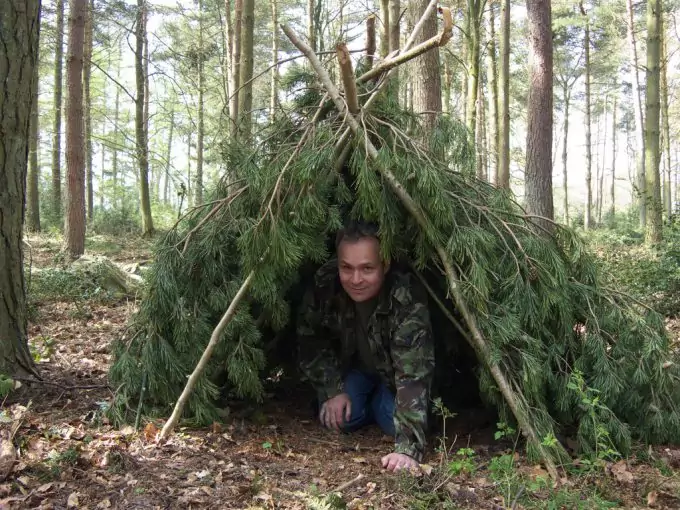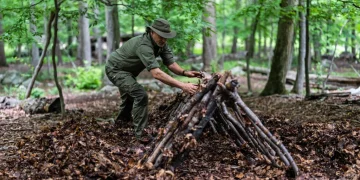Embracing Independence: The Off-Grid Living Lifestyle
In today’s fast-paced world, more and more people are looking for ways to disconnect from the grid and live a more self-sufficient lifestyle. Off-grid living offers a unique opportunity to embrace independence, reduce reliance on outside resources, and live a simpler, more sustainable life. In this article, we will explore the benefits of off-grid living, common questions and concerns, and how to successfully make the transition to living off the grid.
What is Off-Grid Living?
Off-grid living refers to living without reliance on public utilities such as electricity, water, or sewage systems. Instead, off-grid individuals generate their own power, collect and purify their own water, and manage their waste in a sustainable manner. Off-grid living can take many forms, from homesteading in a rural area to living in a tiny house or eco-friendly cabin.
The Benefits of Off-Grid Living
There are many benefits to embracing an off-grid lifestyle. One of the primary advantages is the sense of independence and self-sufficiency that comes with generating your own power, water, and food. Off-grid living also allows individuals to reduce their environmental impact by using renewable energy sources and practicing sustainable living habits. Additionally, living off the grid can lead to a simpler, more fulfilling life with fewer distractions and a stronger connection to nature.
Common Questions and Concerns
While off-grid living offers many benefits, there are also common questions and concerns that individuals may have before making the transition. Some of the most common questions include:
– How do I generate power off the grid?
– How do I collect and purify water without a public water supply?
– What are the challenges of living off the grid?
– Is off-grid living legal in my area?
These are all valid questions that individuals considering off-grid living should consider before making the transition. It is important to research and plan carefully to ensure a successful and sustainable off-grid lifestyle.
How to Successfully Transition to Off-Grid Living
Making the transition to off-grid living requires careful planning, research, and preparation. Here are some key steps to successfully embrace an off-grid lifestyle:
1. Research and Planning: Before making the transition to off-grid living, it is important to research and plan carefully. Consider factors such as location, climate, water supply, power generation, and waste management. Create a detailed plan outlining how you will meet your basic needs off the grid.
2. Power Generation: Off-grid individuals can generate power through a variety of renewable energy sources, such as solar panels, wind turbines, or hydroelectric systems. Research the best option for your location and budget, and invest in a reliable power generation system.
3. Water Collection and Purification: Off-grid individuals can collect and purify water from natural sources such as rainwater, rivers, or wells. Invest in a high-quality water filtration system to ensure safe and clean drinking water.
4. Waste Management: Off-grid individuals must manage their waste in a sustainable manner. Consider composting organic waste, recycling materials, and minimizing waste production to reduce your environmental impact.
5. Sustainable Living Habits: Embrace sustainable living habits such as conserving energy, reducing water usage, and growing your own food. These habits will not only reduce your environmental impact but also lead to a more fulfilling and self-sufficient lifestyle.
Conclusion
Off-grid living offers a unique opportunity to embrace independence, reduce reliance on outside resources, and live a simpler, more sustainable life. By carefully planning and preparing for the transition, individuals can successfully make the switch to off-grid living and enjoy the many benefits it has to offer. Embrace independence and live off the grid today!









